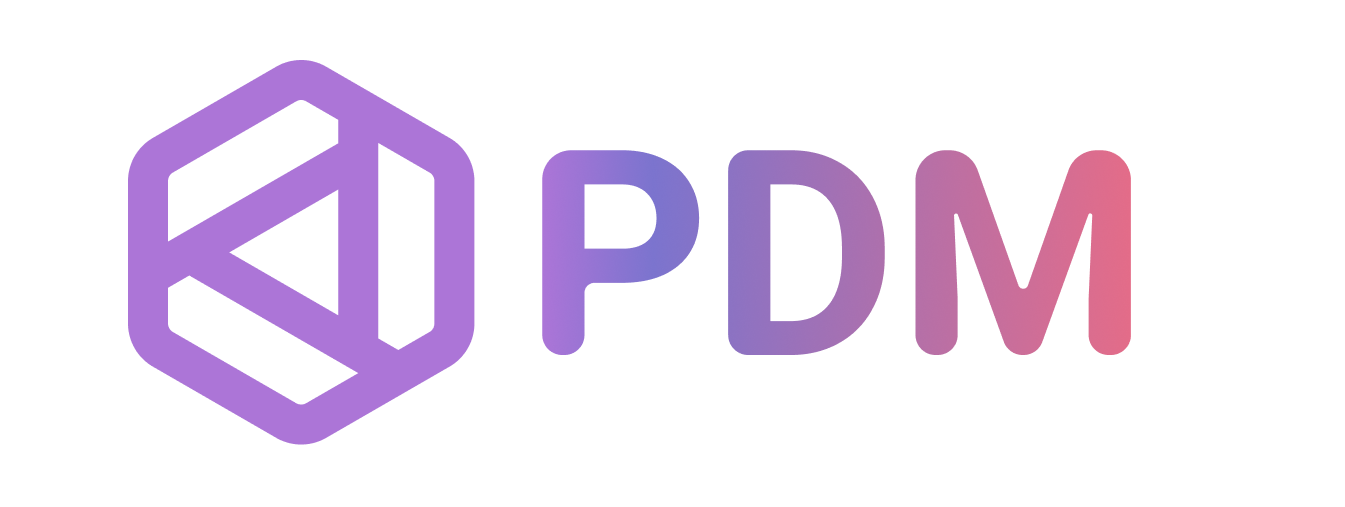PDM is meant to be a next generation Python package management tool.
It was originally built for personal use. If you feel you are going well
with Pipenv or Poetry and don't want to introduce another package manager,
just stick to it. But if you are missing something that is not present in those tools,
you can probably find some goodness in pdm.
- Simple and fast dependency resolver, mainly for large binary distributions.
- A PEP 517 build backend.
- PEP 621 project metadata.
- Flexible and powerful plug-in system.
- Versatile user scripts.
- Install Pythons using indygreg's python-build-standalone.
- Opt-in centralized installation cache like pnpm.
Pipenv is a dependency manager that combines pip and venv, as the name implies.
It can install packages from a non-standard Pipfile.lock or Pipfile.
However, Pipenv does not handle any packages related to packaging your code,
so it’s useful only for developing non-installable applications (Django sites, for example).
If you’re a library developer, you need setuptools anyway.
Poetry manages environments and dependencies in a similar way to Pipenv,
but it can also build .whl files with your code, and it can upload wheels and source distributions to PyPI.
It has a pretty user interface and users can customize it via a plugin. Poetry uses the pyproject.toml standard.
Hatch can also manage environments, allowing multiple environments per project. By default it has a central location for all environments but it can be configured to put a project's environment(s) in the project root directory. It can manage packages but without lockfile support. It can also be used to package a project (with PEP 621 compliant pyproject.toml files) and upload it to PyPI.
PDM can manage virtual environments (venvs) in both project and centralized locations, similar to Pipenv. It reads project metadata from a standardized pyproject.toml file and supports lockfiles. Users can add additional functionality through plugins, which can be shared by uploading them as distributions.
Unlike Poetry and Hatch, PDM is not limited to a specific build backend; users have the freedom to choose any build backend they prefer.
PDM requires python version 3.9 or higher. Alternatively, you can download the standalone binary file from the release assets.
Install the standalone binary directly with the installer scripts:
For Linux/Mac
curl -sSL https://pdm-project.org/install.sh | bashFor Windows
powershell -ExecutionPolicy ByPass -c "irm https://pdm-project.org/install.ps1 | iex"For alternative installation methods (Python script, package managers, etc.), see the installation section in documentation.
Create a new PDM project
pdm new my-projectAnswer the questions following the guide, and a PDM project with a pyproject.toml file will be ready to use.
Install dependencies
pdm add requests flaskYou can add multiple dependencies in the same command. After a while, check the pdm.lock file to see what is locked for each package.
Tell people you are using PDM in your project by including the markdown code in README.md:
[](https://pdm-project.org)Awesome PDM is a curated list of awesome PDM plugins and resources.
This project is strongly inspired by pyflow and poetry.
This project is open sourced under MIT license, see the LICENSE file for more details.






